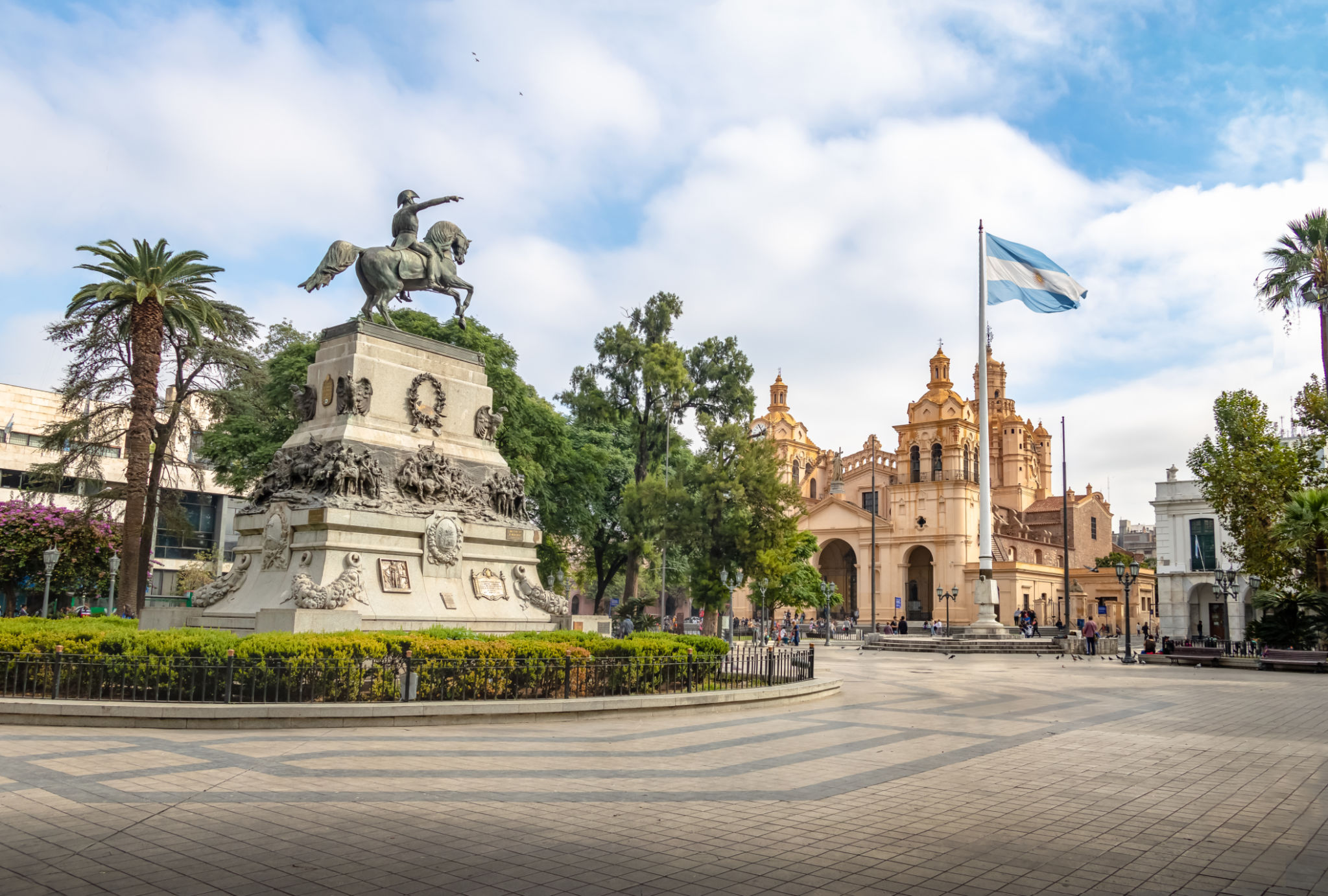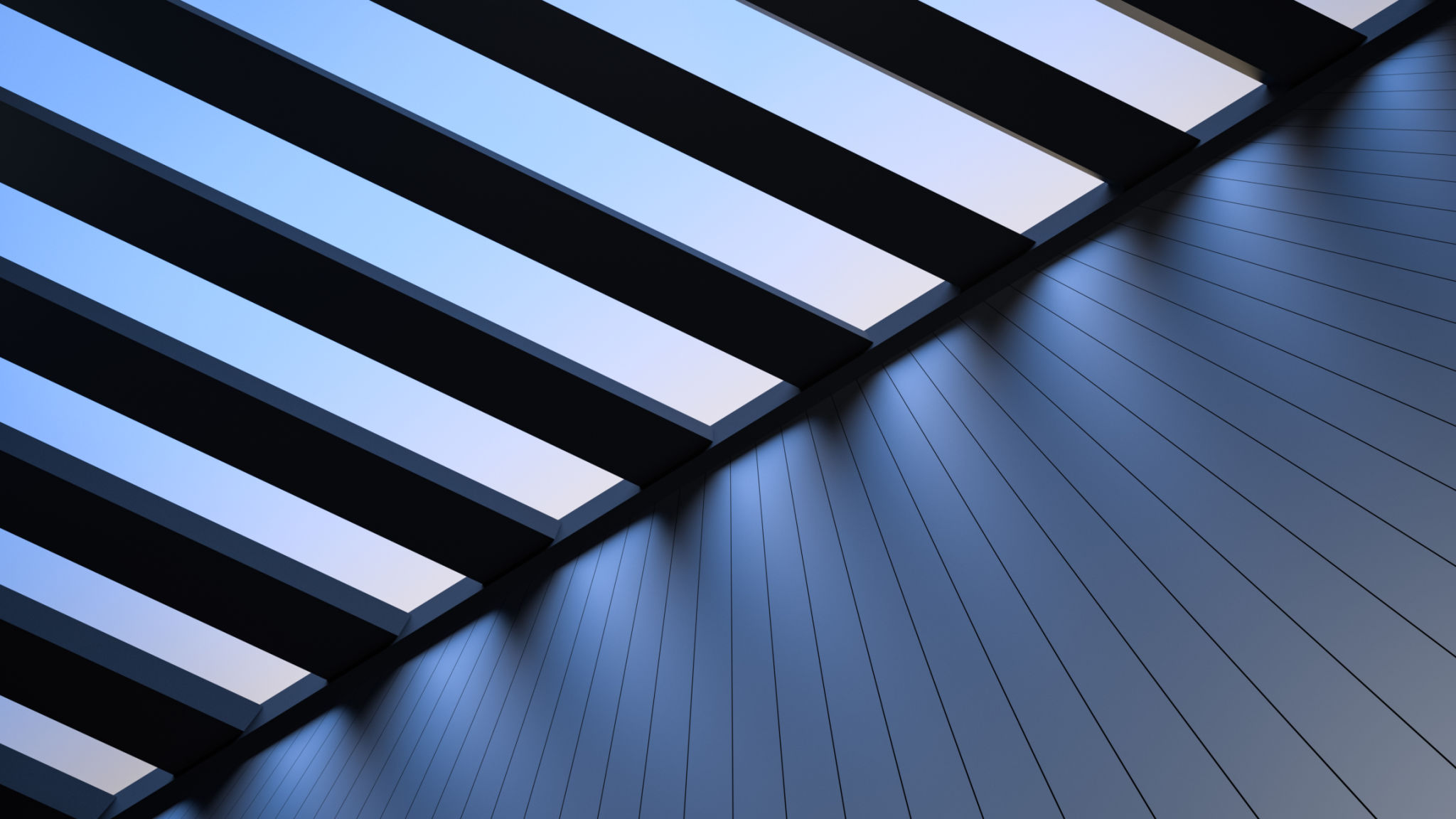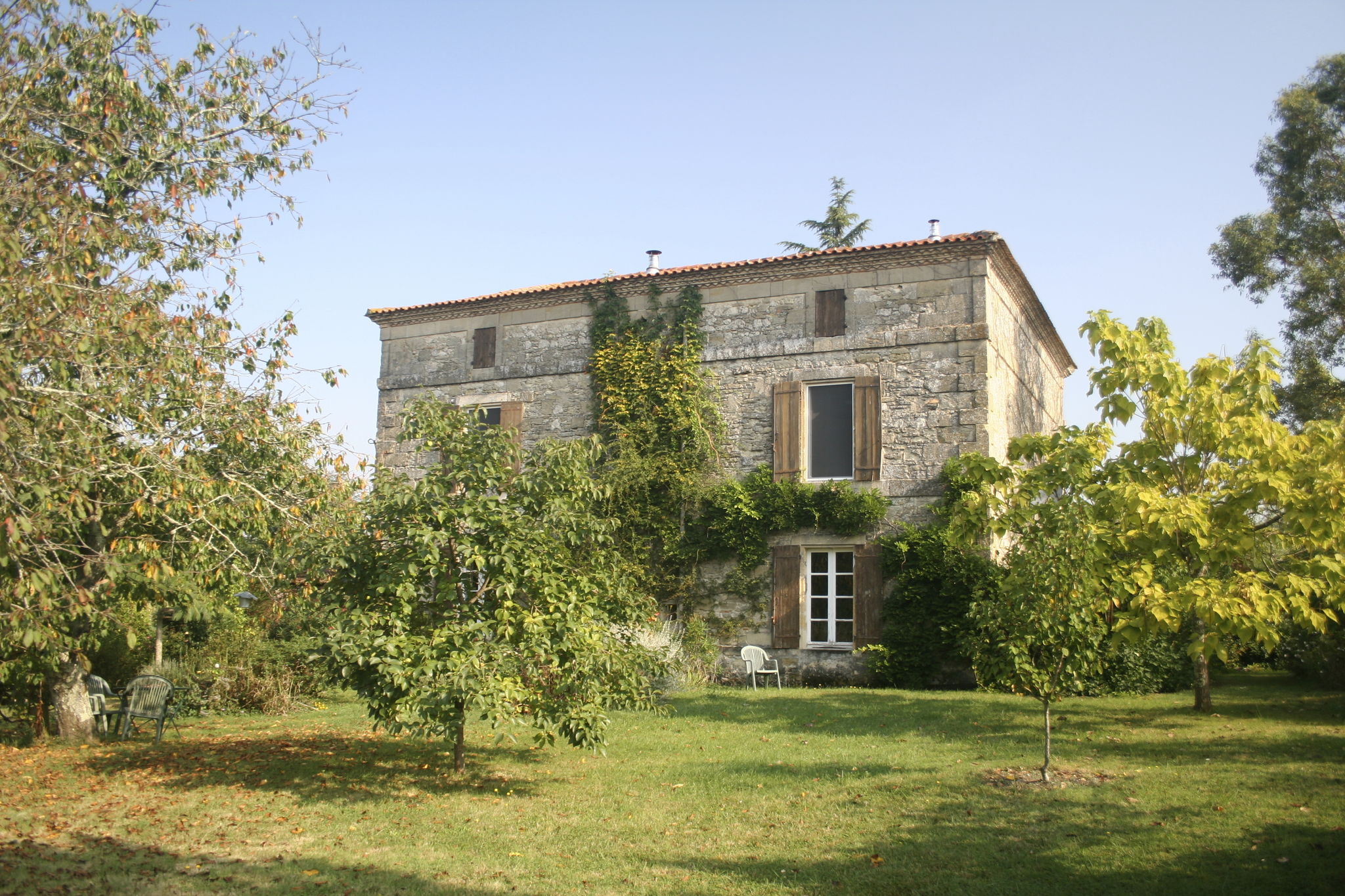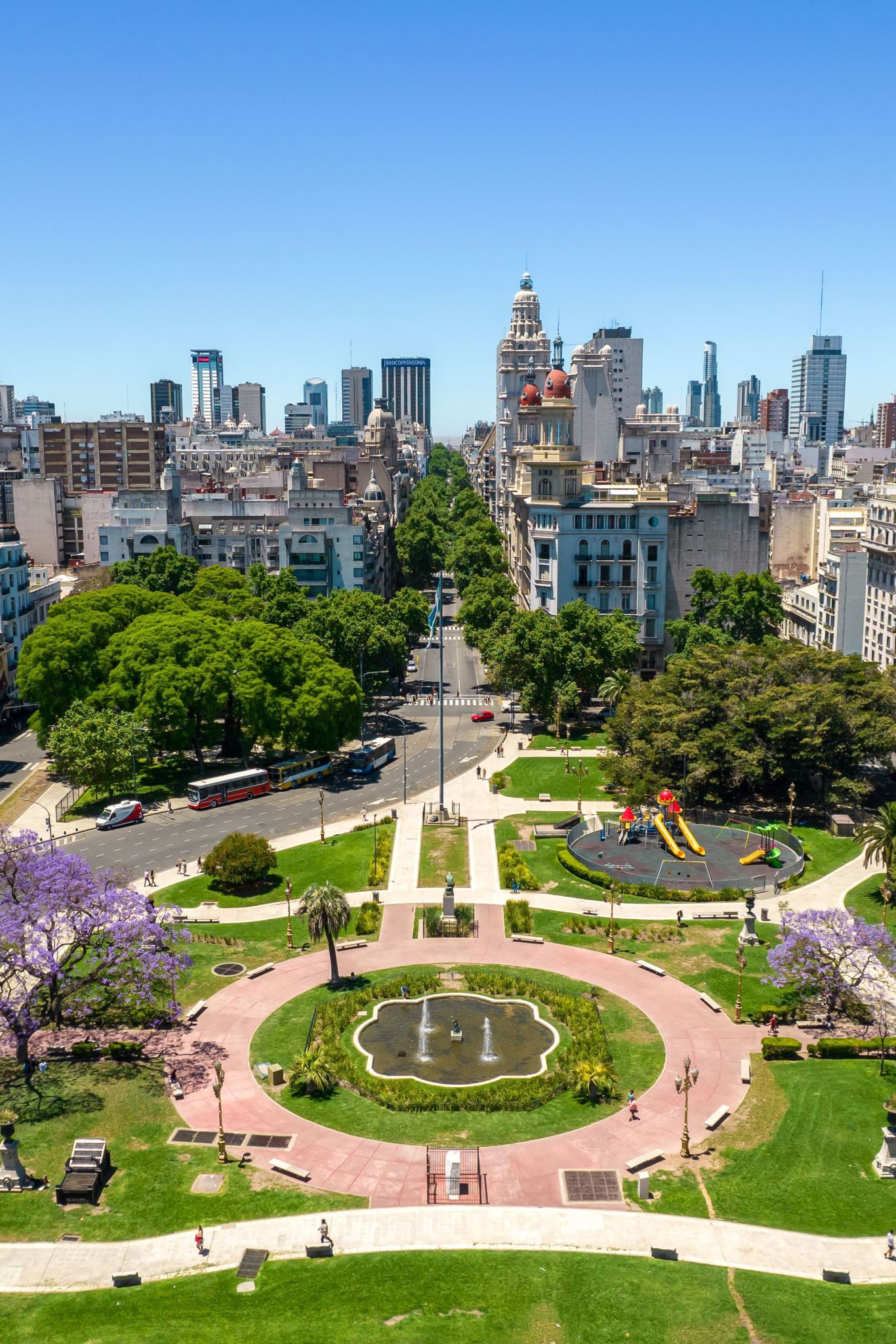Exploring the Unique Characteristics of Residential Architecture in Argentina
The Influence of European Styles
Residential architecture in Argentina is a fascinating blend of various styles, primarily influenced by European designs. During the late 19th and early 20th centuries, waves of immigrants from countries such as Italy, Spain, and France brought with them architectural techniques and aesthetics that significantly shaped the local landscape. As a result, Argentine homes often feature elements like intricate facades, wrought-iron balconies, and expansive courtyards.
These European influences are particularly evident in cities such as Buenos Aires, where neighborhoods like Recoleta and San Telmo showcase grand residences reminiscent of Parisian and Italian architecture. The use of symmetry and proportion, coupled with decorative details, creates a unique charm that defines much of Argentina's urban residential spaces.

Modernism and Argentine Creativity
In contrast to the historical European styles, the mid-20th century saw the rise of modernism in Argentine architecture. Architects began experimenting with new materials and forms, leading to the creation of homes that emphasized simplicity and function. This period marked a departure from ornate designs, favoring clean lines and open spaces instead.
Notable architects such as Clorindo Testa played a significant role in this architectural transformation. Modernist houses in Argentina often employ concrete and glass as primary materials, reflecting a harmonious integration with the surrounding environment. Many of these residences boast innovative layouts that cater to the needs of contemporary living.

Regional Variations Across the Country
Argentina's diverse geography has also led to regional variations in residential architecture. In the northwestern provinces, traditional adobe houses are common, characterized by their thick walls that provide insulation against the harsh climate. These homes often feature flat roofs and simple, rustic designs.
In contrast, in the southern regions such as Patagonia, residential architecture incorporates elements to withstand colder temperatures and strong winds. Here, homes are typically built with steeply pitched roofs and large windows to maximize natural light while maintaining warmth. The use of local materials like stone and wood is prevalent in these areas.

Sustainable Architecture Trends
In recent years, there has been a growing trend towards sustainable architecture in Argentina. Homeowners and architects alike are increasingly focusing on eco-friendly designs that minimize environmental impact. This trend involves the use of renewable energy sources such as solar panels and rainwater harvesting systems.
Additionally, sustainable Argentine homes often incorporate green roofs and walls that enhance insulation and improve air quality. The integration of natural elements not only promotes sustainability but also provides aesthetic appeal, blending seamlessly into the natural landscape.

The Role of Cultural Identity
Cultural identity plays a crucial role in shaping residential architecture in Argentina. Many homes reflect the cultural heritage of their owners, incorporating traditional design elements with modern conveniences. This blend results in unique spaces that honor the past while embracing the future.
For example, it is not uncommon to find homes adorned with vibrant colors and decorative tiles that pay homage to indigenous art. These cultural influences infuse Argentine residences with a distinct personality, making each home a reflection of its inhabitants' identities.
Preservation Efforts
Preserving architectural heritage is an important endeavor in Argentina. Efforts are being made to maintain historic buildings and homes, ensuring they remain part of the country's rich cultural tapestry. Restoration projects often involve careful attention to detail to maintain the integrity of the original designs while incorporating modern amenities.
These preservation initiatives not only protect Argentina's architectural legacy but also contribute to tourism, attracting visitors interested in experiencing the country's unique heritage firsthand.

Conclusion
The residential architecture of Argentina is a testament to its diverse cultural influences and rich history. From European-inspired facades to innovative modernist designs and sustainable practices, Argentine homes offer a unique blend of tradition and innovation. As Argentina continues to evolve, its architecture will undoubtedly reflect the dynamic interplay between past and present, creating spaces that resonate with their inhabitants' cultural identity and lifestyle needs.